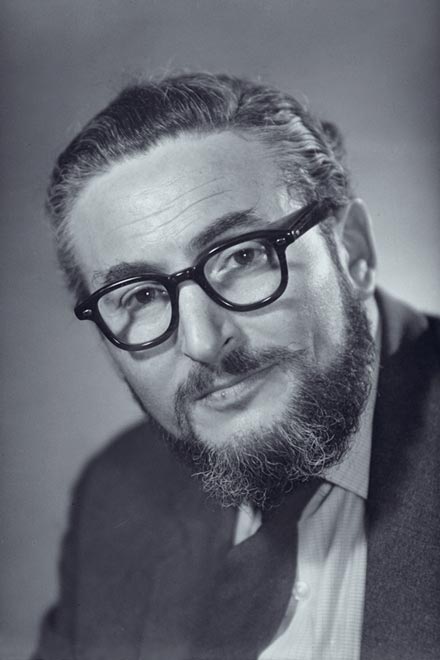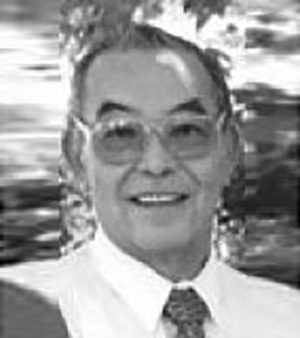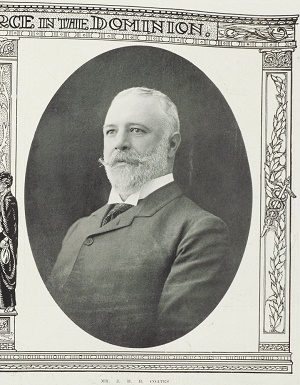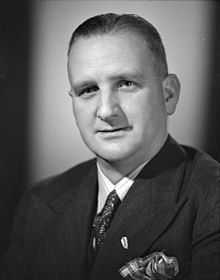Frank Hofmann and Helen Shaw married in 1941. They became leading lights in New Zealand culture. Frank, a renowned photographer, and Helen a writer and poet of distinction.
FRANK’S STORY
František Simon Hofmann was born in Prague, then still part of the Austro-Hungarian Empire, on 27 December 1916. His father, Rudolf Hofmann was a well-to-do businessman. Frank’s future was bright with the prospect of taking over the family business but as a child young he was encouraged to pursue artistic development, including the study of classical violin.
Frank’s interest in photography dates from 1929, when at age 13 he travelled to Venice with his mother, Katerina Blochová. At age 16 he joined the Prague Photographic Society where he practiced his craft, guided by senior members of the society and becoming adept in the styles Pictorialism a and the modernist New Objectivity.
In 1934, Frank visited London for an extended stay, spending his time poring over magazines and photographs at the Royal Photographic Society. Returning home, he continued to develop his photographic style and technique as he prepared to run the family’s business.
History dictated a different path, however. In 1939, Nazi Germany invaded Czechoslovakia. Frank escaped the occupation and made his way to London and then to New Zealand where he immediately began to work as a freelance photographer. His employers included the NZ Free Lance, The Press and Standish and Preece Studios in Christchurch.
MARRIAGE
Frank married Helen Lilian Shaw on Christmas Eve 1941, having accepted employment in Auckland with Clifton Firth. The couple became fixtures of Auckland cultural life as Frank established the firm Christopher Bede, the kingpin of retail photography in New Zealand.
An accomplished violinist, Frank also helped found the Auckland String Players, the predecessor of the Auckland Symphonia and now the Auckland Philharmonia. He and Helen were noted for their post-concert house parties and for entertaining and hosting prominent musicians visiting the city. During this fruitful period of Frank’s like, he also helped found Here & Now magazine.
In 1960, Frank visited Europe for the first time since his flight from Nazi occupation. He also visited the United States and the Holy Land over the course of several trips abroad in the 1960s and 1970s.
HELEN’S EARLY LIFE
Helen, a native of Timaru, was born on 20 February 1913, an only child. Her father was imprisoned for embezzlement and fraud shortly after her birth and was killed in action on the Somme in 1916. Her mother never remarried.
As a child, Helen looked to her grandfather, school inspector James Gow for guidance and support. He’d taught her to read even before she began her formal education and took advantage of her grandfather’s extensive library. By the time she was in high school, Helen was committed to becoming a writer. She later described herself as having been “a romantic with a powerful belief in the romantic ideal” even from her teenage years.
Helen began training as a schoolteacher at Canterbury College in 1932, graduating in 1936. In the same year, she published her first children’s stories in the Press Junior.
AN IMPORTANT WRITER
After marrying Frank, Helen continued to develop as a writer of stories and poems. In 1943 she published the story, The Two Fathers, and continued to publish through the early 1950s in numerous literary magazines such as Landfall and the New Zealand Listener. Her collection, The Orange Tree was published in 1957.
Helen’s style possessed a haunted surrealism and gothic overtones, often evoking the experiences of women, children and the elderly. Cherry Hankin, writing for the Dictionary of New Zealand Biography characterised Helen’s work:
“Typifying Helen Shaw’s fictional world is The Blind, a story in which an old, late Victorian house, shrouded in gothic gloom, is almost a character in its own right. Inhabiting the house is a cast of ageing family members who live comfortlessly with a decrepit parent. In many of her stories there are mysterious hints of a ‘dead and dreadful past’, of unresolved psychic pain. A second collection of stories, The Gipsies, and Other Stories(1978), returns to that world, often probing the confused feelings of a dreamy young woman towards the relatives who have brought her up.”
Helen was also a notable editor and gained international notoriety for her literary work.
REMEMBERING FRANK AND HELEN and FRANK’S PARENTS
Frank and Helen had two sons, Stephen and Michal.
Helen died in June 1985. Frank died in April 1989.
Frank’s parents were killed by the Nazis during the Holocaust. His father Rudolf was killed at Auschwitz and his mother Katerina was in Piaski
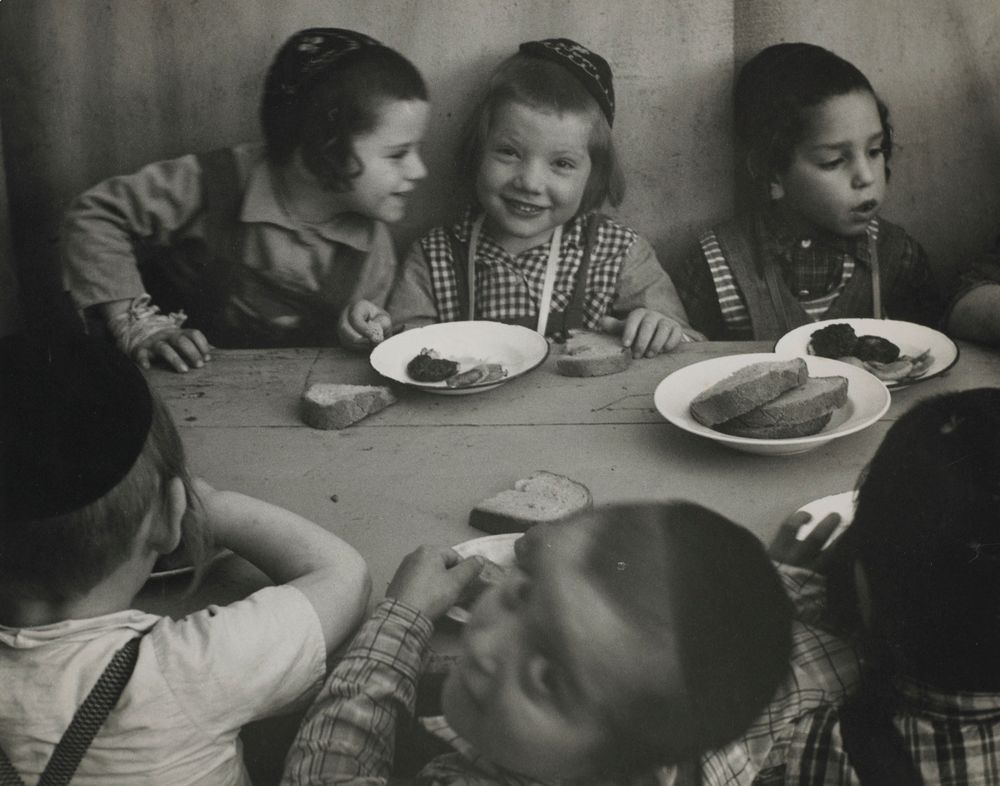
Yeshiva Students, Jerusalem, Frank Simon Hofmann, Public domain, via Wikimedia Commons
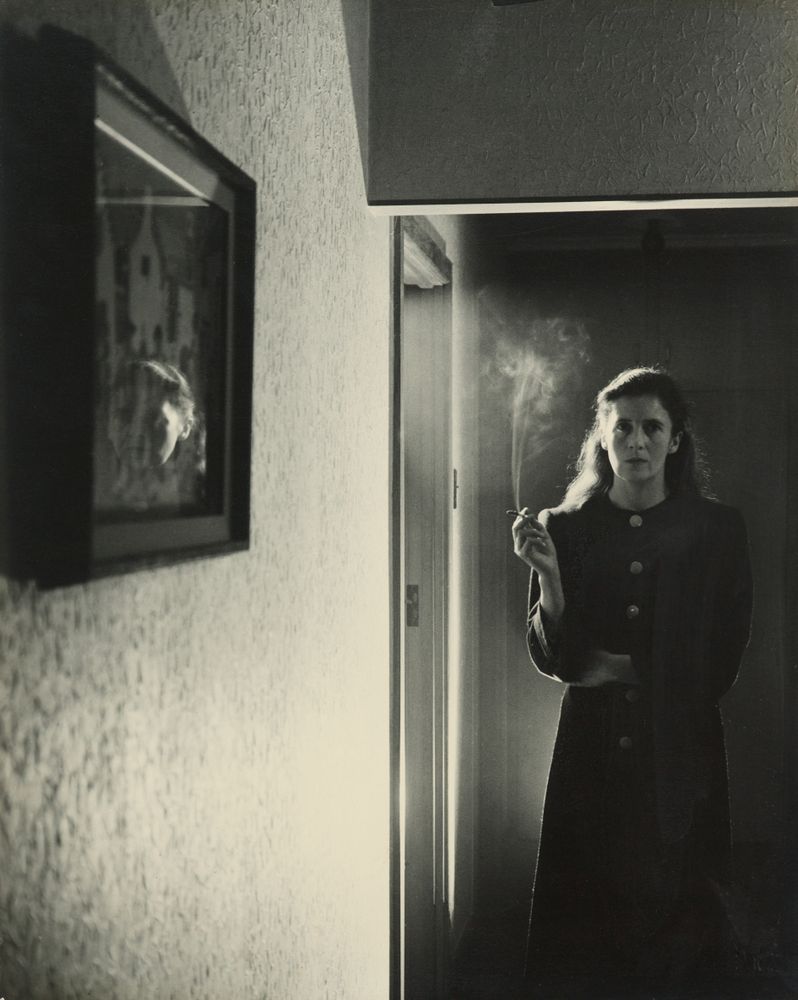
Helen Shaw, photographed by Frank Simon Hofmann, Public domain, via Wikimedia Commons
Feature image: Frank Hofmann, Auckland City Libraries – Tāmaki Pātaka Kōrero, Reference: 34-H799 Photograph by Clifton Firth
Catalogue for Frank Hofmann’s 1989 retrospective exhibition.
Frank Hofmann and Helen Shaw
Died 1989 and 1985

